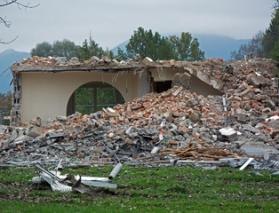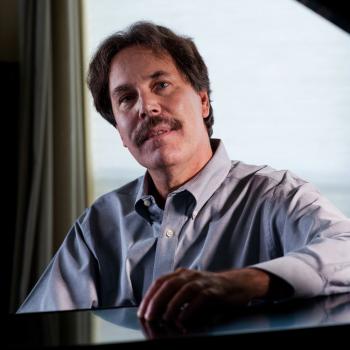The blessing of modern air conditioning was bestowed upon us 110 years ago this summer by Willis Haviland Carrier, a young Buffalo native with a prominent nose on a handsome face. Carrier worked for a heating company in Upstate New York, and in 1902, was tasked with devising a solution for a printing company whose equipment was going haywire because of the summer humidity. His proposal involved fans, coils and coolants, and it worked.
His invention spread widely to movie theaters, but it took nearly half a century for air conditioning to reach workplaces. In pre-World War II architecture, buildings were designed so that every room got a window, air and light. This led to sprawling structures that took up a lot of land and cost a lot of money, which was impractical in urban areas like Washington. It would have been much more economical to put workers in giant block buildings, except, of course, that the buildings would be dark, sticky hellholes.
Enter air conditioning, says Gail Cooper, a Lehigh University historian who wrote “Air-Conditioning America: Engineers and the Controlled Environment.”
“Air conditioning and fluorescent lights made block buildings possible,” she says.
Really. You shouldn’t have.
What’s interesting about the introduction of air conditioning in the workspace, Cooper says, is that the development was tied as much to architectural design — making square, cheap buildings practical — as it was to climate. It was hard, at first, to sell employers on the notion that their workers deserved to be comfortable during the day, so air-conditioning companies tried to frame it as a productivity issue.
And productivity was an issue. As the implementers of incremental process, the federal government had contrived a mathematical formula to determine whether it was too hot for its employees to work. When the outside temperature plus 20 percent of the humidity reached 100, workers would be sent home — a sort of reverse snow day policy that could have drastic effects in a place like Washington. In 1953, the city slogged through a week-long heat wave that resulted in illnesses, heat stroke and at least 26,284 federal workers being sent home.
In 1956, the General Services Administration got a large appropriation to retrofit all federal buildings with air conditioning. A quarter of that went to buildings in Washington.
Salvation had come to the city.
via Donning sweaters and Snuggies to combat the office’s deep freeze in the heat of summer – The Washington Post.
I like it cold. If electricity were no object, I’d crank up the air conditioner until my breath fogs. And at night I’d make it colder, then pile on the blankets and comforters to keep warm.
So here’s to you, W. H. Carrier!












